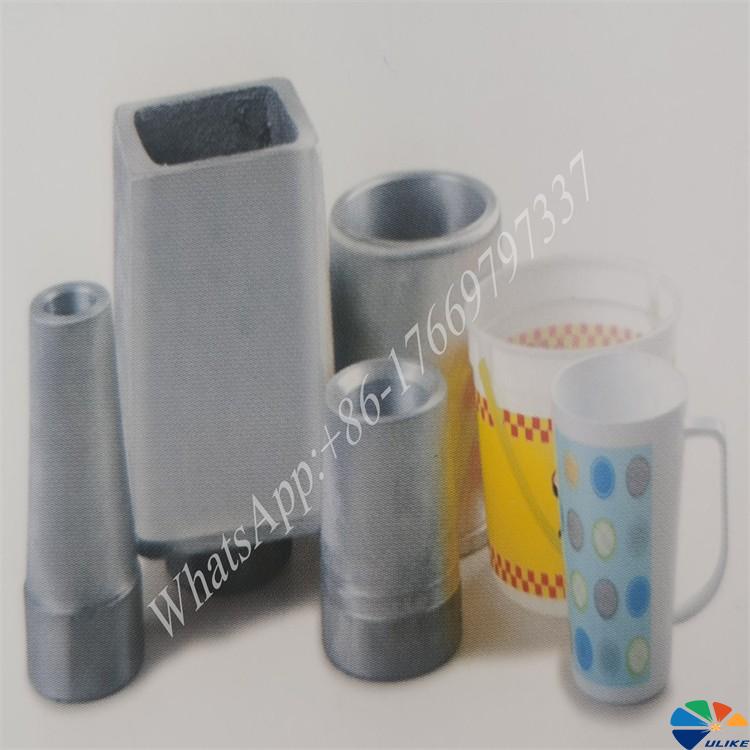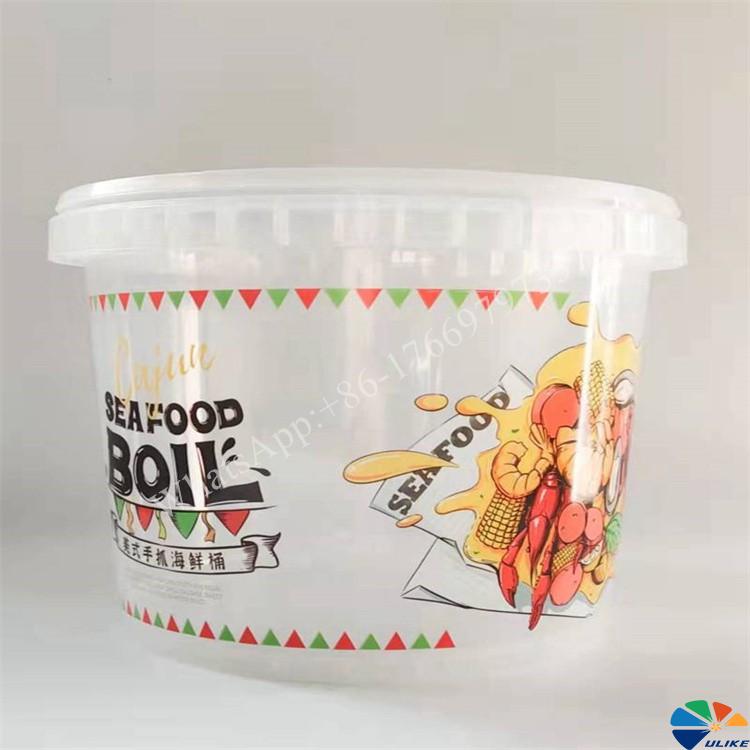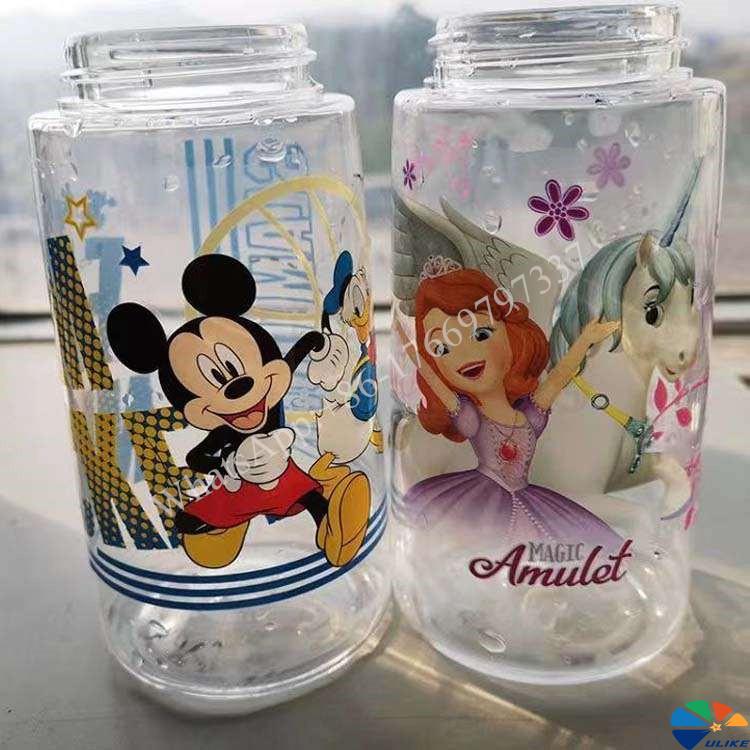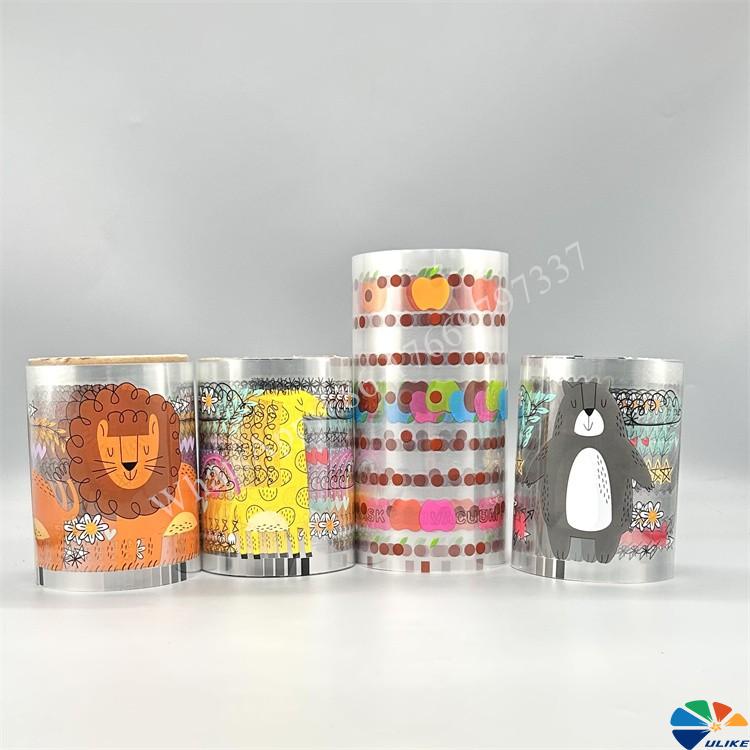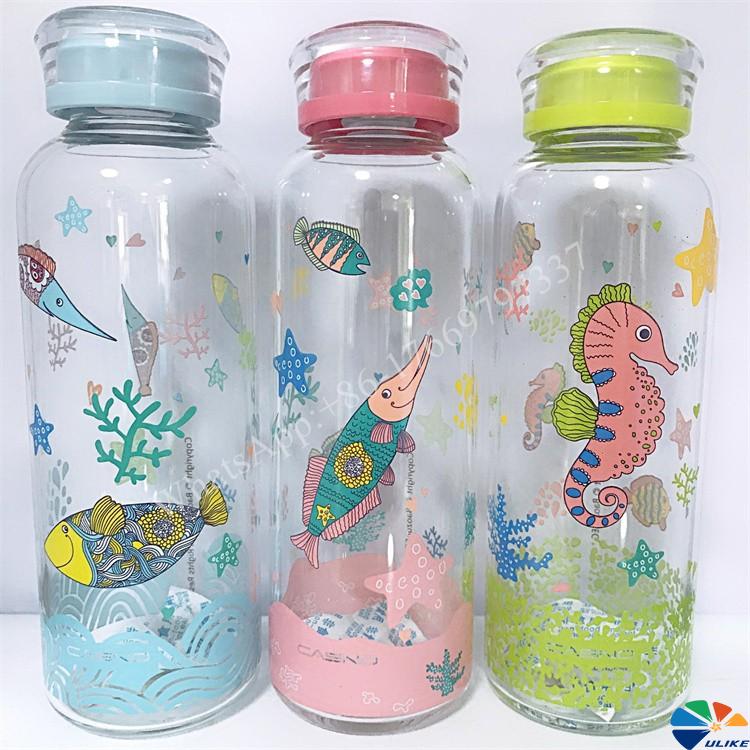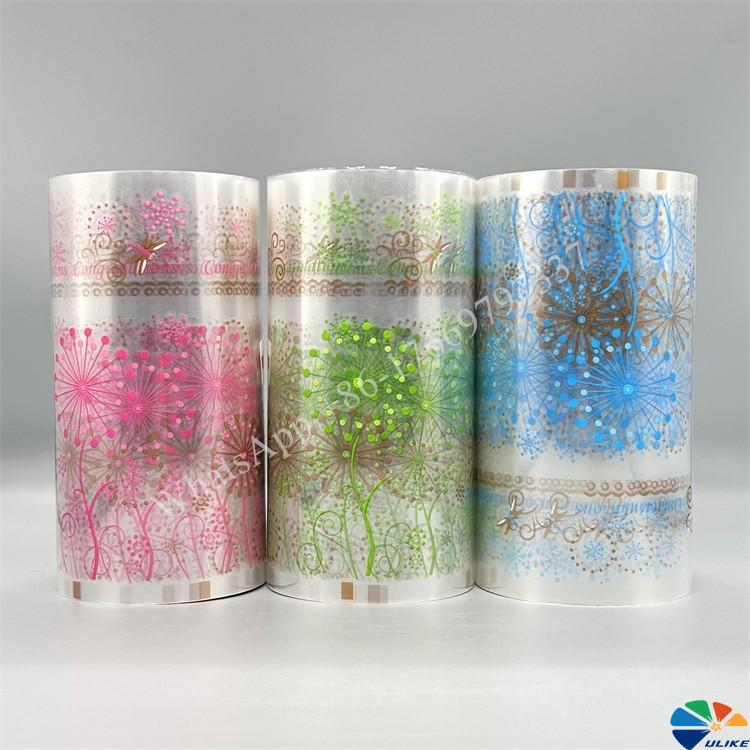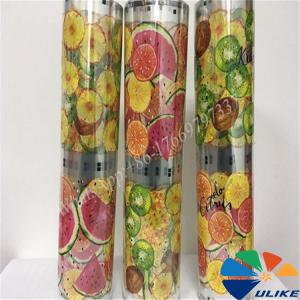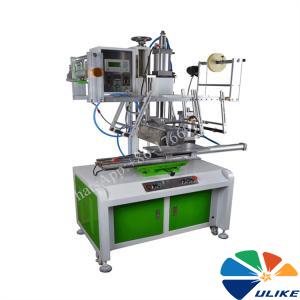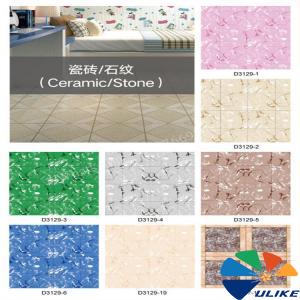Overview of heat transfer mold
The heat transfer mold is a key component specially used for heat transfer technology, which is responsible for accurately transferring the pattern or image from the transfer film or transfer paper to the surface of the target object under the action of high temperature and pressure. This technology is widely used in the decoration and identification of various materials such as plastics, metals, wood, glass and textiles.
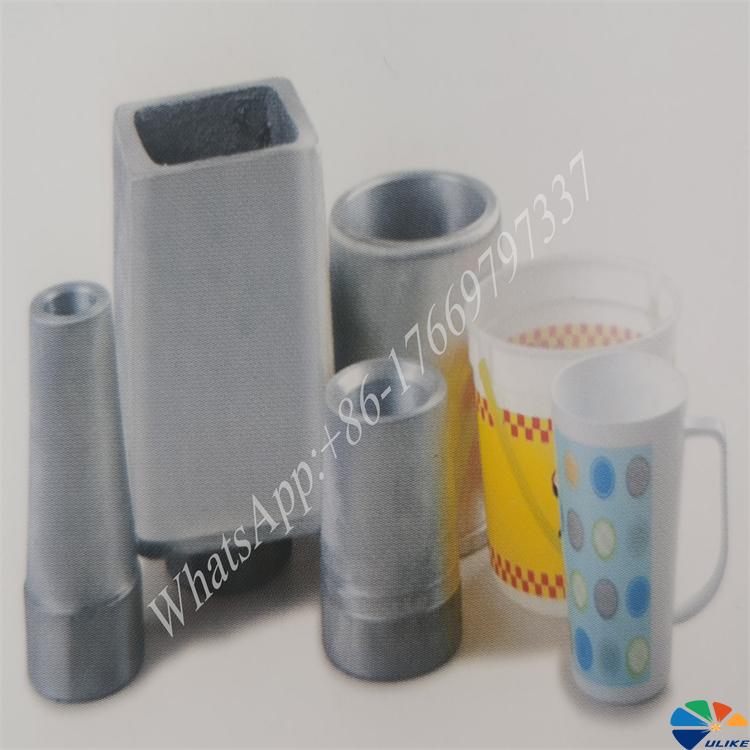
Working principle
The working principle of the heat transfer mold is as follows:
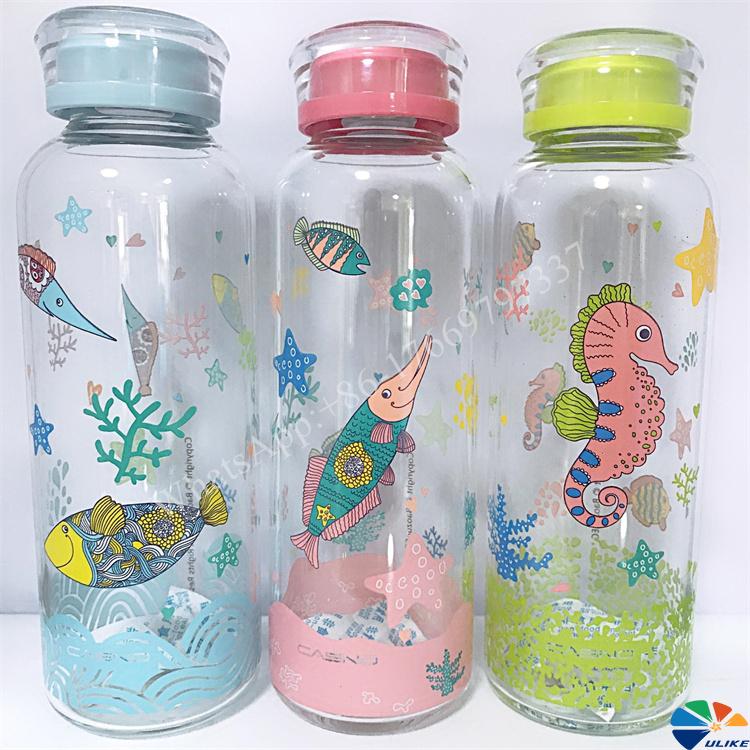
Mold design: Design the mold according to the shape and pattern of the product to ensure that the transfer pattern can perfectly cover the surface of the target object.
Heating and pressurizing: Place the transfer film or transfer paper in the mold, heat and pressurize it through the heat transfer machine to transfer the pattern from the film or paper to the surface of the product.
Cooling and demolding: After heating and pressurizing, let the mold cool so that the pattern is firmly attached to the surface of the product, and then perform the demolding operation.
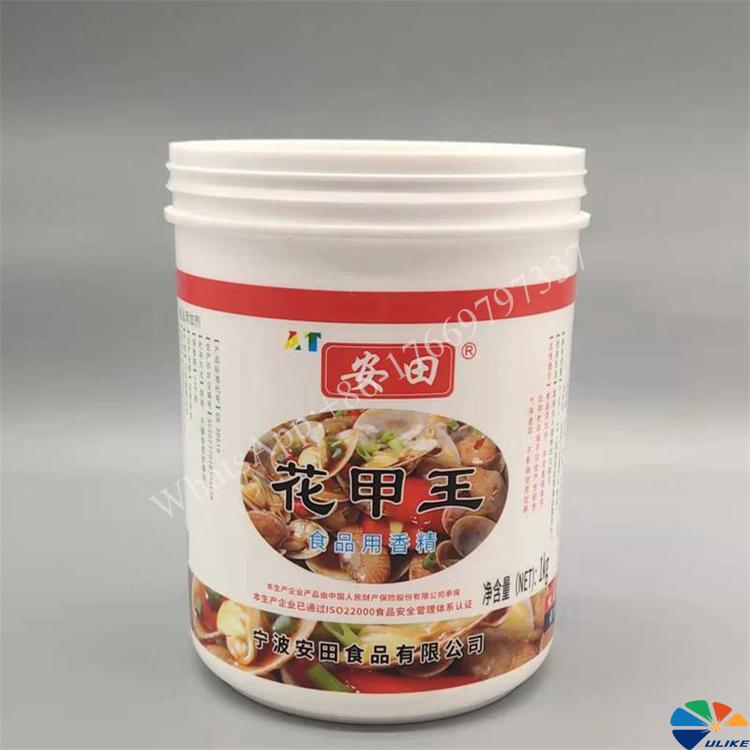
Application field
The heat transfer mold is widely used in the following fields:
Plastic products: toys, household items, electronic product housings, stationery, etc.
Metal products: metal pens, metal cups, metal plates, etc.
Wood products: wooden furniture, wooden decorations, etc.
Glass products: glass bottles, glasses, glass decorations, etc.
Textiles: T-shirts, hats, bags, etc.
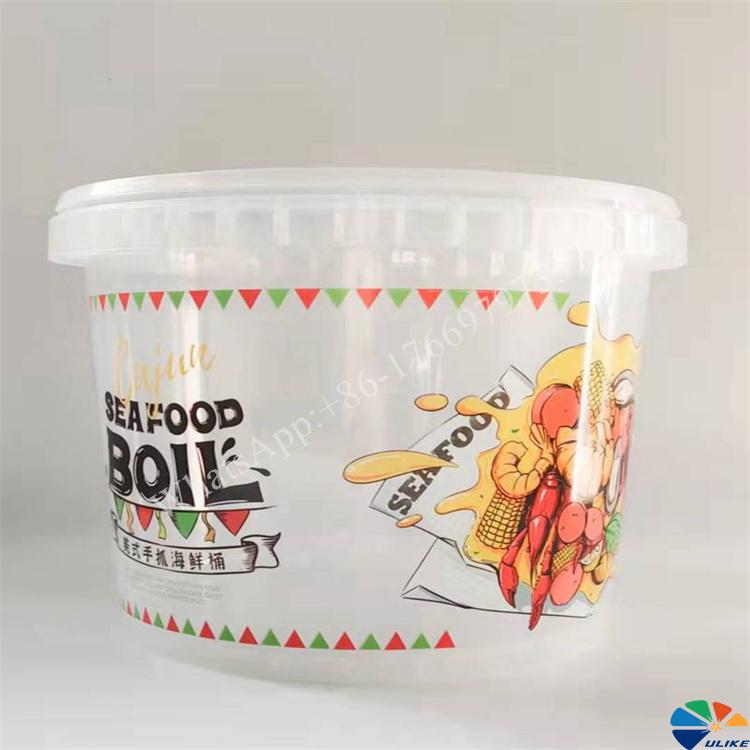
Advantages
The use of heat transfer molds has the following advantages:
High precision: The mold design is precise, ensuring the high precision and high quality of the transfer pattern.
High efficiency: The heat transfer process is fast, suitable for mass production, and improves production efficiency.
Diversity: It is suitable for products of various materials and complex shapes and has a wide range of applicability.
Environmental protection: The transfer process is pollution-free and meets environmental protection requirements.
Durability: The transfer pattern is wear-resistant, scratch-resistant, and weather-resistant, and has a long service life.
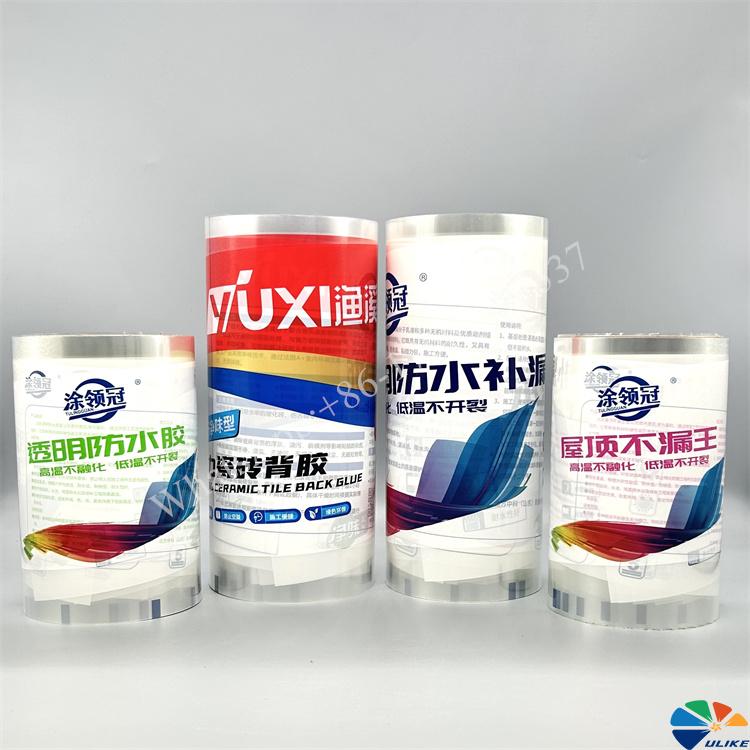
Future development trends
With the continuous advancement of science and technology and the continuous increase in market demand, the development trend of heat transfer molds (heat transfer mold) is mainly concentrated in the following aspects:
Intelligence: Introduce intelligent control systems to improve the automation level and production efficiency of molds.
Refinement: Improve mold processing accuracy to ensure higher quality transfer effects.
Multifunctionality: Develop universal molds suitable for a variety of materials and shapes to enhance their applicability and flexibility.
Environmental protection: Use environmentally friendly materials and processes to promote green production and reduce the impact on the environment.
Customization: Provide personalized mold design and manufacturing services according to the special needs of customers.
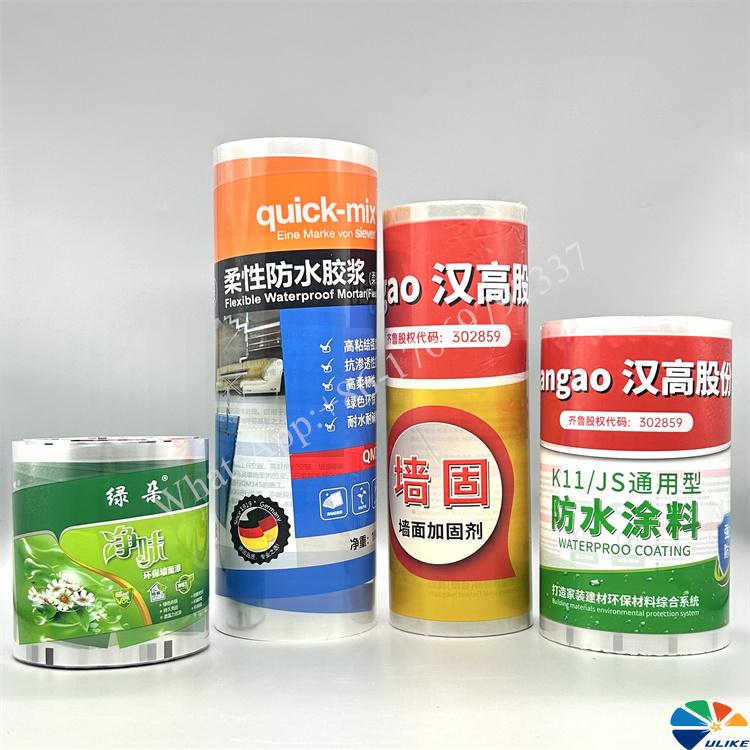
Conclusion
As an important part of thermal transfer technology, heat transfer mold plays a vital role in the decoration and identification of various materials such as plastics, metals, wood, glass and textiles. Its high precision, high efficiency, diversity, environmental protection and durability make it popular in various fields. With the development trend of intelligence, refinement, multi-function, environmental protection and customization, heat transfer molds will usher in a broader market prospect and application space.
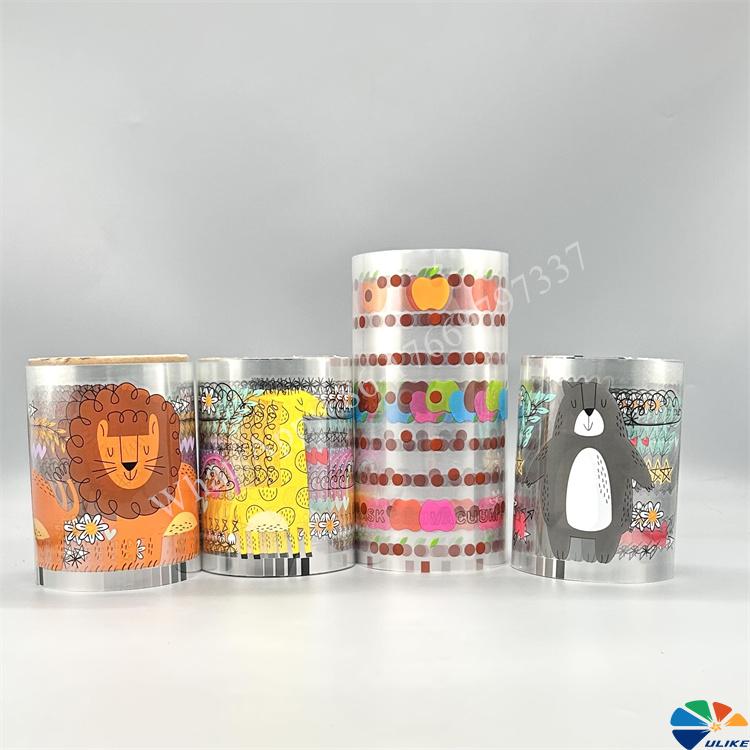
![af]() Afrikaans
Afrikaans![sq]() Albanian
Albanian![am]() Amharic
Amharic![ar]() Arabic
Arabic![fr]() French
French![es]() Spanish
Spanish![ru]() Russian
Russian![de]() German
German![hy]() Armenian
Armenian![it]() Italian
Italian![ja]() Japanese
Japanese![ko]() Korean
Korean![pt]() Portuguese
Portuguese![hi]() Hindi
Hindi![az]() Azerbaijani
Azerbaijani![ro]() Romanian
Romanian![pl]() Polish
Polish![th]() Thai
Thai![el]() Greek
Greek![eu]() Basque
Basque![en]() English
English![zh-CN]() Chinese (Simplified)
Chinese (Simplified)![zh-TW]() Chinese (Traditional)
Chinese (Traditional)![be]() Belarusian
Belarusian![bn]() Bengali
Bengali![bs]() Bosnian
Bosnian![bg]() Bulgarian
Bulgarian![ca]() Catalan
Catalan![ceb]() Cebuano
Cebuano![ny]() Chichewa
Chichewa![co]() Corsican
Corsican![hr]() Croatian
Croatian![cs]() Czech
Czech![da]() Danish
Danish![nl]() Dutch
Dutch![eo]() Esperanto
Esperanto![et]() Estonian
Estonian![tl]() Filipino
Filipino![fi]() Finnish
Finnish![fy]() Frisian
Frisian![gl]() Galician
Galician![ka]() Georgian
Georgian![gu]() Gujarati
Gujarati![ht]() Haitian Creole
Haitian Creole![ha]() Hausa
Hausa![haw]() Hawaiian
Hawaiian![iw]() Hebrew
Hebrew![hmn]() Hmong
Hmong![hu]() Hungarian
Hungarian![is]() Icelandic
Icelandic![ig]() Igbo
Igbo![id]() Indonesian
Indonesian![ga]() Irish
Irish![jw]() Javanese
Javanese![kn]() Kannada
Kannada![kk]() Kazakh
Kazakh![km]() Khmer
Khmer![ku]() Kurdish (Kurmanji)
Kurdish (Kurmanji)![ky]() Kyrgyz
Kyrgyz![lo]() Lao
Lao![la]() Latin
Latin![lv]() Latvian
Latvian![lt]() Lithuanian
Lithuanian![lb]() Luxembourgish
Luxembourgish![mk]() Macedonian
Macedonian![mg]() Malagasy
Malagasy![ms]() Malay
Malay![ml]() Malayalam
Malayalam![mt]() Maltese
Maltese![mi]() Maori
Maori![mr]() Marathi
Marathi![mn]() Mongolian
Mongolian![my]() Myanmar (Burmese)
Myanmar (Burmese)![ne]() Nepali
Nepali![no]() Norwegian
Norwegian![ps]() Pashto
Pashto![fa]() Persian
Persian![pa]() Punjabi
Punjabi![sm]() Samoan
Samoan![gd]() Scottish Gaelic
Scottish Gaelic![sr]() Serbian
Serbian![st]() Sesotho
Sesotho![sn]() Shona
Shona![sd]() Sindhi
Sindhi![si]() Sinhala
Sinhala![sk]() Slovak
Slovak![sl]() Slovenian
Slovenian![so]() Somali
Somali![su]() Sudanese
Sudanese![sw]() Swahili
Swahili![sv]() Swedish
Swedish![tg]() Tajik
Tajik![ta]() Tamil
Tamil![te]() Telugu
Telugu![tr]() Turkish
Turkish![uk]() Ukrainian
Ukrainian![ur]() Urdu
Urdu![uz]() Uzbek
Uzbek![vi]() Vietnamese
Vietnamese![cy]() Welsh
Welsh![xh]() Xhosa
Xhosa![yi]() Yiddish
Yiddish![yo]() Yoruba
Yoruba![zu]() Zulu
Zulu

